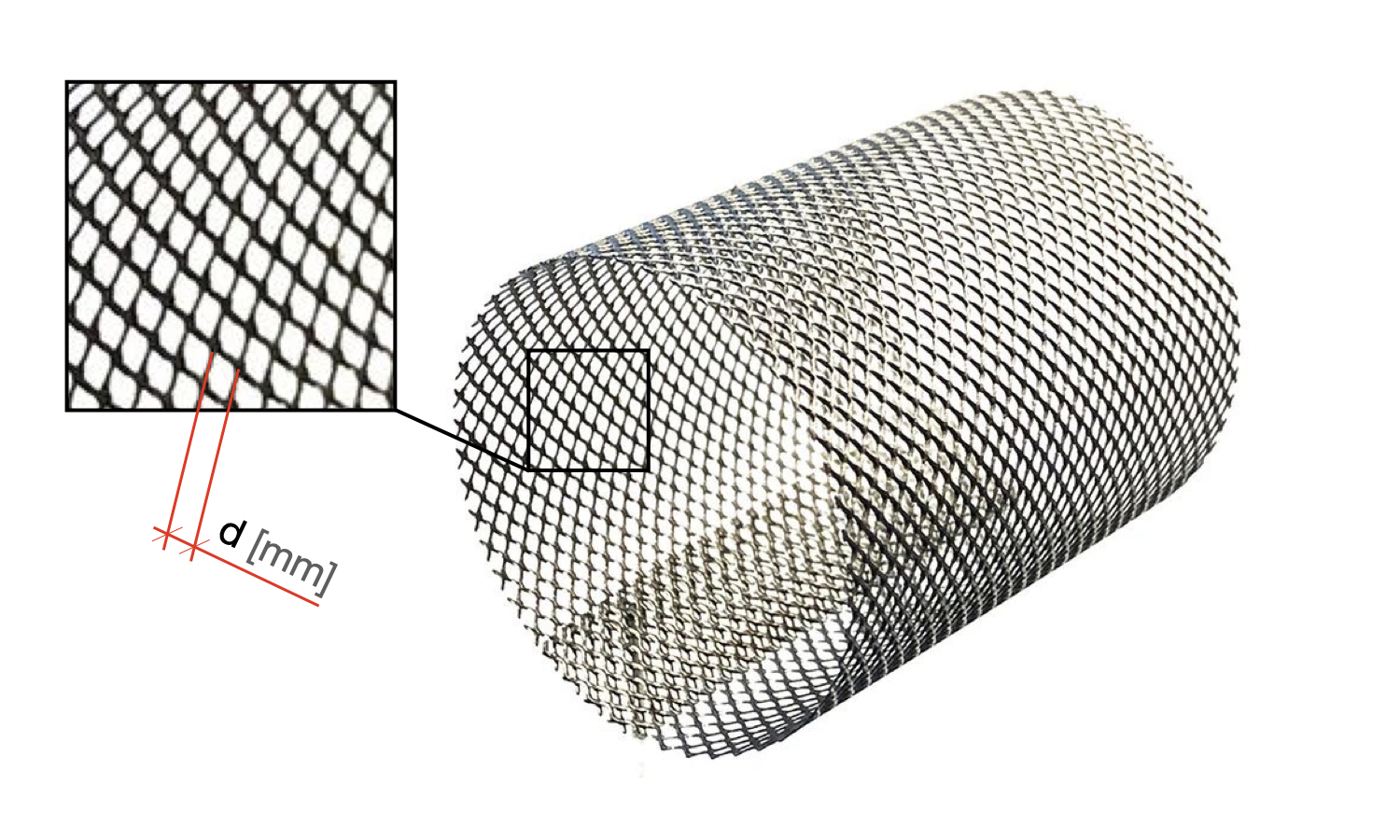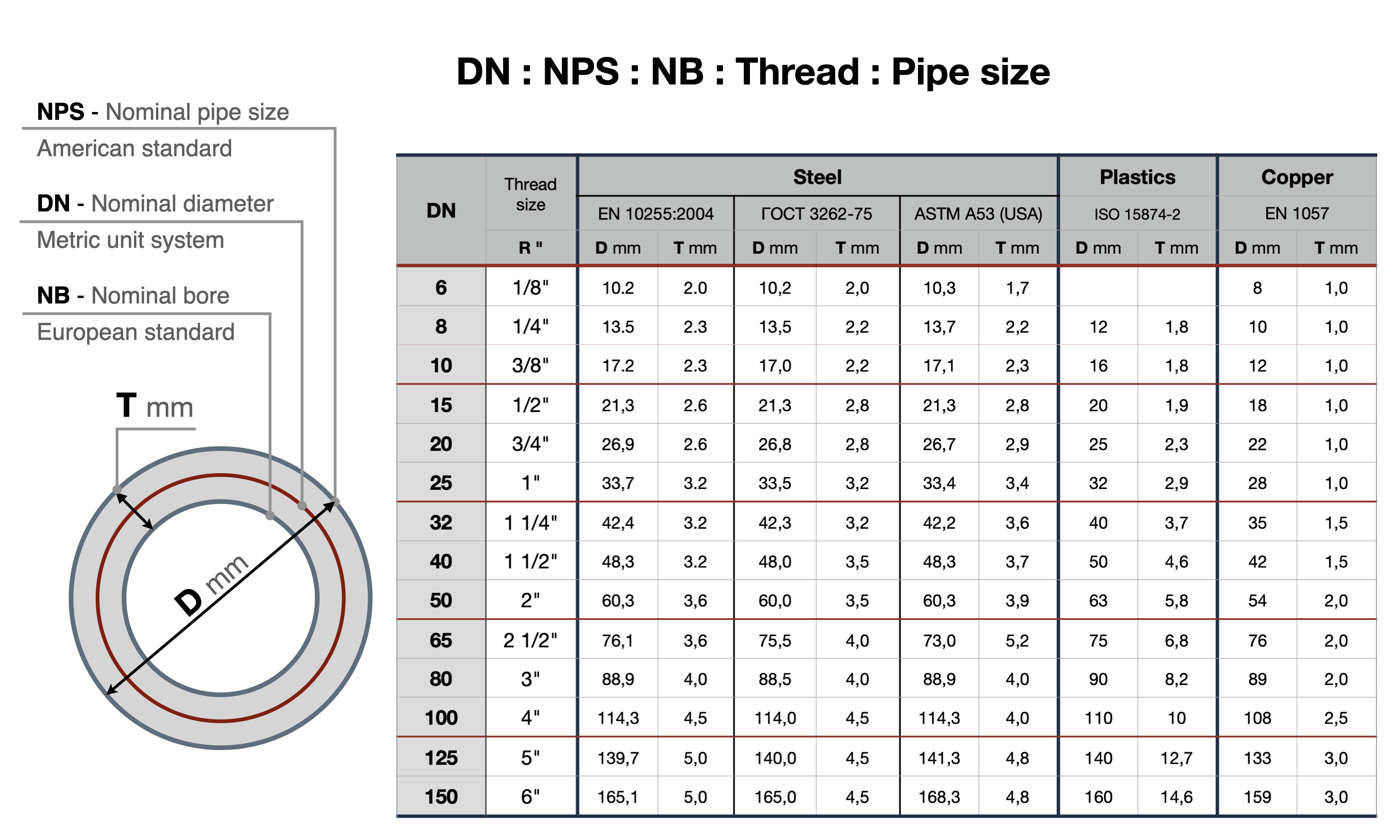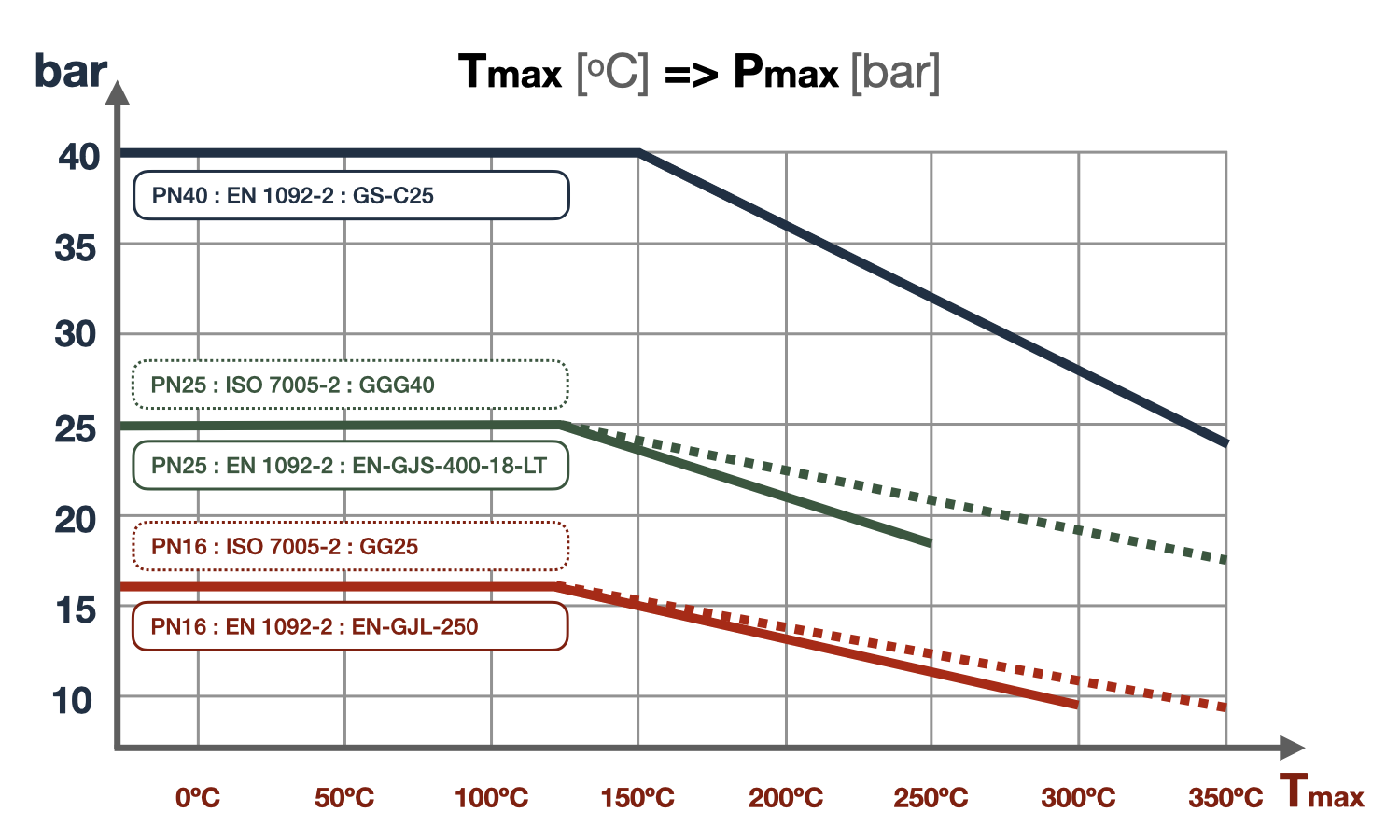Please do not block ads on our site. Clicks on ads help us exist, grow and become more useful for you!
Technical specifications of Y Strainers
Mesh size of the filtering element - is the diameter of the holes in the filtering element (mesh), measured in millimeters. The smaller the mesh size, the smaller the particles the filter can retain. The pressure losses on the filter and the rate of its contamination will be lower the smaller the mesh size of the filtering element.
DN of the filter - nominal diameter of the openings in the connecting nozzles. The DN value is used to standardize the sizes of pipeline fittings. The actual diameter of the opening may differ slightly either up or down from the nominal size.
PN of the filter - nominal pressure - the highest excess pressure of the working medium at a temperature of 20°C, at which long-term and safe operation is ensured.
Pр of the filter - working pressure - is the highest excess pressure at which long-term operation of the valve is possible at the specified temperature. The working pressure value is usually lower than the nominal pressure, so operation at the maximum working temperature and nominal medium pressure is not allowed.
Kvs of the filter - the flow coefficient corresponds to the water flow, in m³/h at a temperature of 20°C, at which the pressure loss on the filter will be 1 bar. The flow coefficient values of filters are used in hydraulic calculations to determine pressure losses.
question : comment : feedback
355
 Catalog of
Catalog of Y strainers
Zetkama
Genebre
Genebre
Ayvaz
ARI Armaturen
Samson
Danfoss
Brandoni
Hawle
Hawle
Herz
IMI Hydronic
CMO
IVR
Honeywell - Resideo
Honeywell - Resideo
Polix
Oventrop
LDM
FAF










 EN 1092-1
EN 1092-1
